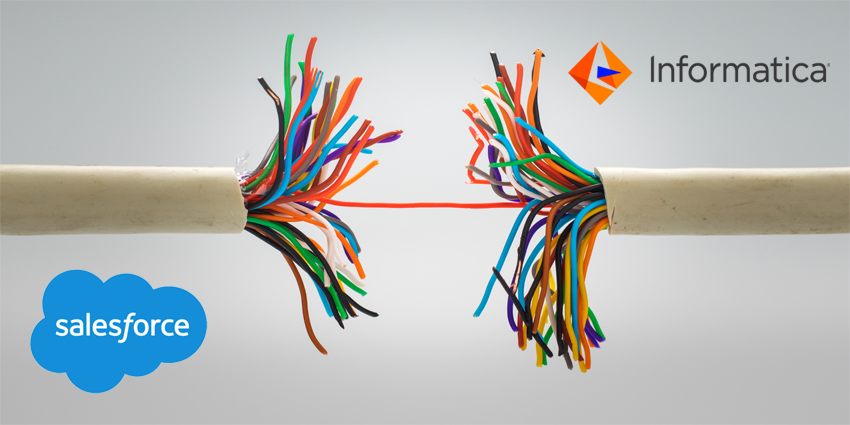Research by Salesforce found that 76% of customers prefer different channels depending on the context of their query.
Fortunately, most modern contact centers offer an array of channels to engage with customers. Yet, it is not always easy for customers to switch between them.
As such, the concept of “omnichannel customer service” was born.
Defining Omnichannel Customer Service
Omnichannel customer service offers customers a selection of communication channels to resolve their issues.
Yet, that’s not all. Thanks to integrations, a customer can seamlessly switch between channels at the click of a button. When they do so, the history of that contact follows them.
Take the example of a click-to-call link embedded within a self-service system. When the customer wishes to escalate to the voice channel, the context of their self-service journey should move with them. So, when the agent picks up, they immediately see where the self-service experience failed.
Alongside this, an omnichannel contact center will provide the entire conversational history of the customer, which the agent can use.
As a result, customers receive faster resolutions and enjoy a seamless service experience – in which they do not have to repeat themselves. This is the beating heart of omnichannel customer service.
Characteristics of Good Omnichannel Customer Service
For contact centers to deliver outstanding omnichannel customer service, they must enable:
- Consistency – Ideally, the experience will remain consistent from one channel to another. For instance, the live chat team and the social media team should provide similar answers to matching queries. Without such consistency, customers will make a habit of contacting the highest-performing channel, and the investment in omnichannel customer service will not return a sufficient ROI.
- Low customer effort – The concept of omnichannel customer service supports low-effort CX. For example, consider a chatbot that only answers the most basic queries. A customer that wishes to escalate should not have to navigate a convoluted conversation flow before speaking to an agent. Instead, they should follow a simple escalation path to human support, where the agent can access the transcript of the customer-chatbot conversation. That is omnichannel customer service.
- Low agent effort – In addition to customers, agents should also navigate the omnichannel contact center with ease. For example, perhaps a customer mentions that they would like to use a self-service to complete an upcoming task. While talking to this customer via voice, the agent can harness the omnichannel solution to send a helpful SMS message with a link to the appropriate self-service solution for future reference. Doing so helps to drive down future contact volumes.
- Data access – Omnichannel solutions must provide the contact center with a 360-degree view of a customer’s conversational history with the company. Going further, some may capture more information, such as their purchase history. Companies can use this data to create more intelligent CX, personalization, and sales strategies. It also enables them to better harness AI tools, such as speech analytics.
Benefits of Providing Omnichannel Customer Service
By turning to omnichannel customer experience, companies will likely realize the following benefits:
- Customer satisfaction improvements – Giving customers a choice of channels to choose from increases convenience. They may also switch between them seamlessly, lowering customer effort and frustration. The result is a rise in customer satisfaction.
- Personalization – Data collected via the integrated channel network improves personalization. For starters, agents can refer to previous customer interactions when supporting customers. The contact center can also connect AI-powered personalization tools to this data source. An excellent example is predictive routing software, which sifts through the data and passes customers to the agent who is likely to best fulfill their needs. Finally, omnichannel contact centers enable users to identify the customer’s channel of choice, which helps to inform outbound sales strategies.
- Cost savings – Equipping agents with the data and tools they need speeds up issue resolution. As a result, handling times fall, which brings significant cost savings. If the omnichannel solution includes self-service, this may also reduce agent workloads, further lowering contact center costs.
Omnichannel Pitfalls to Avoid
Businesses should not prioritize technology over strategy. Before integrating channels and collecting data, contact centers need to map out cross-channel journeys and develop a corresponding CX design.
Also, avoid skimping on training. To facilitate omnichannel, often agents transfer customers to another channel before continuing the conversation themselves. As such, agents must feel comfortable writing and speaking to customers. Of course, they should also understand how to navigate each channel.
Finally, companies strive to take advantage of the data they bring together. From understanding customer preferences to getting to grips with customer behavioral patterns, such data can inform multiple winning CX strategies. To achieve ROI with omnichannel customer service, this is crucial.
Omnichannel Customer Service Tools to Get You Started
Itching to get started with omnichannel customer service? Browse the vendors in our Market Guide Directory here.







